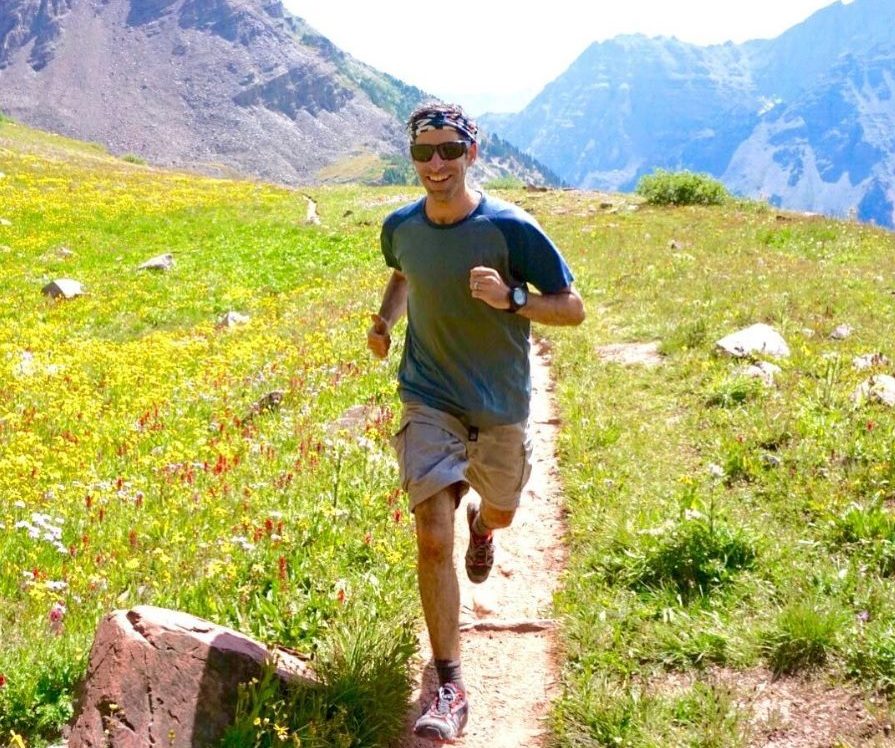The key to staying injury-free as a runner is to know how you run.
Understanding your unique structure, range-of-motion, strengths and limiters can help you maximize your performance and avoid injuries. Unfortunately, a slew of information exists out there that can misinform you about what is right for your running style and body type.
According to RunLab, if you don’t properly understand how your body naturally moves:
“It is very easy to get pulled down the rabbit hole by the mountain of information from articles, underqualified coaches, wearable technology, and your running friends who ‘read somewhere that you should run with your feet facing forward’.”
If you get a running-related injury, people are quick to toss out definitive causes. Some of these include:
- IT Band Syndrome
- Achilles Tendonitis
- Plantar Fasciitis
- Runner’s Knee
- Lumbago
- Bad shoes
- Flat footedness
- Overpronation
One of these could very well be a cause of your symptoms, but the answers are not always so crystal clear because every runner’s form is unique.
“Understanding your body should be the springboard to any good training plan,” says RunLab. “There are thousands of variables that go into a person’s ideal movement pattern.”
How can you better understand how your body moves & learn how to exercise in a way that aligns with your natural movement style?
Whether you run marathons or just do occasional neighborhood jogs, exercising in alignment with your body type is critical to effective, safe exercise. Companies such as RunLab offer full-body movement analysis and gait re-training, even virtually over video. SteadyMD has a number of doctors who have expertise in running health and gait mechanics. With SteadyMD, you can sign up to get personalized care, guidance, and injury-prevention tips from a fellow runner.
Speaking of injury prevention tips, SteadyMD doctor, Dr. Josh Emdur regularly competes in marathons and shares the below advice to staying injury-free as a runner:
- Avoid over-training. “This is one of the most common things I see in athletes that leads to injury and occurs when you either over-stress your body from exertion or do not allow for proper rest and recovery between workouts.”
Growth = Stress + Rest– Peak Performance by Magness & Stulberg
- Concentrate on form. “One of the easiest ways to decrease impact on your joints is to shorten your stride. Any changes in running form should be done gradually… By focusing on increasing my cadence I quickly improved my running economy, decreased pain, and increased pace all without increasing my weekly miles.
- Warm-up properly. Instead of static stretching, use exercise bands to activate your muscles. The scientific literature has found this form of warm-up to be more effective. Dynamic stretches and mobility drills can warm you properly to usher you towards the next level in your performance. “Remember that the shorter the race, the longer the warm-up.”
- Cross Train. “Having an aerobic base is the foundation of endurance training. Until the foundation is poured it is impossible to build the fitness needed to perform on race day. The base is built over years and requires long hours of easy aerobic training. Cycling, ski touring, cross-country skiing, hiking, walking, swimming, elliptical, or anything that gets you outside and puts a smile on your face, while increasing your heart rate, is a great thing to do.”
- Strength Train. “Strong core, hips, and glutes are imperative to [staying] injury free. Quad strengthening can do wonders for knee pain.”
- Stay springy and agile. “Runs should not leave you feeling stiff in rigid. Post workout recovery with stretching, massage, and rolling work great. The goal here is to feel better after a run than you did before you started.”
- Eat a balanced diet. “A healthy diet is based in real foods that aren’t processed…The best way to get your micronutrients is by eating a balanced diet of fruits, vegetables, and proteins. Supplements are for treating deficiencies! If you are concerned about a deficiency, talk to your physician and draw some labs.”
- Take care of your general health. “Just because you’re a runner doesn’t mean you are immune to disease. I have treated many athletes who appear to be the picture of health from the outside, but have unaddressed chronic diseases that they were unaware of. Injury prevention is based in preventative medicine that is best accomplished by partnering with a physician.”
SteadyMD has a dedicated page specifically for runners. We offer preventative care tailored to your individual lifestyle and health goals. Since SteadyMD only accepts a limited number of patients, you’ll get dedicated personal attention without the hassles of a traditional clinic. You’ll be able to securely text your doctor for a quick answer or have more in-depth conversations over the phone or video chat.
